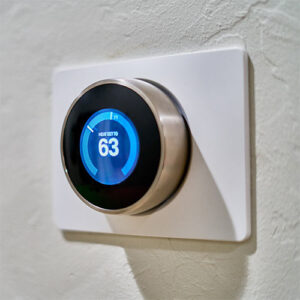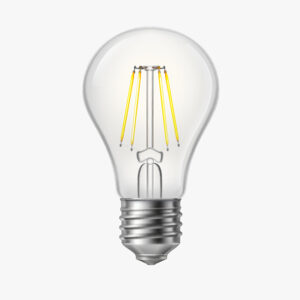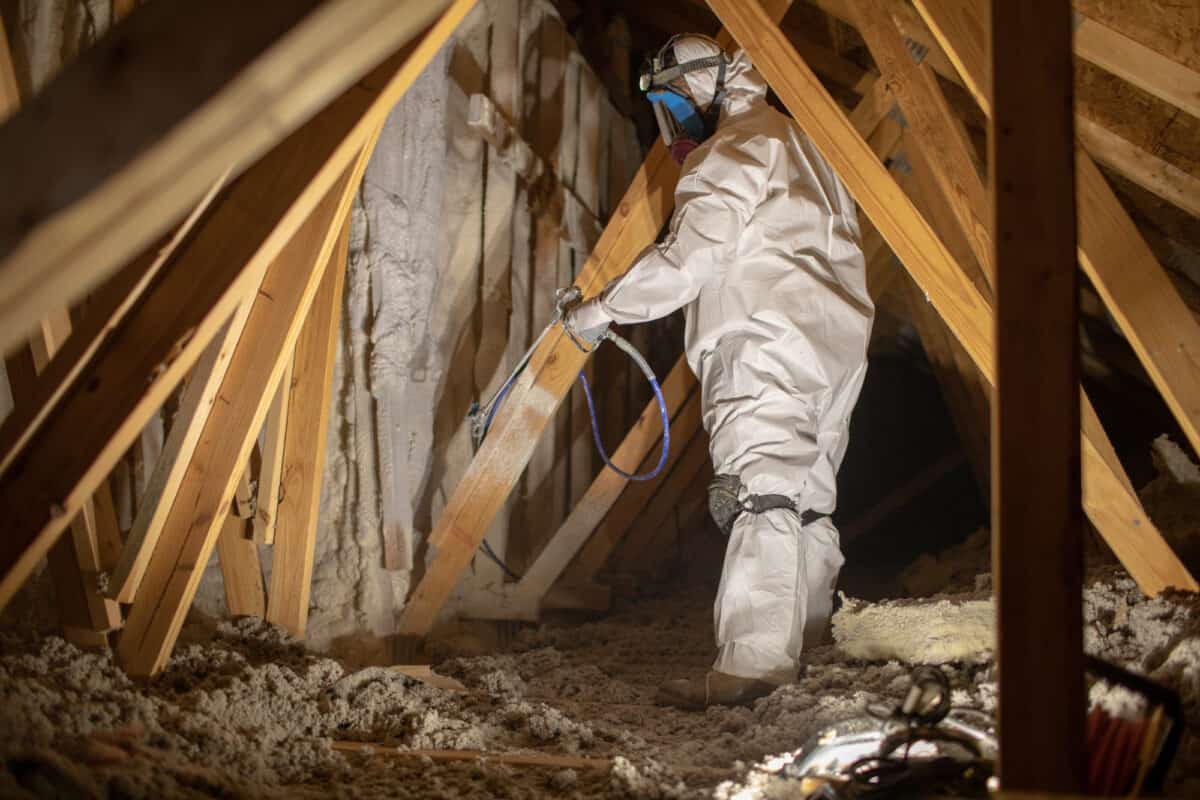
With Michigan’s summer season behind us and autumn in full swing, it’s officially that time of year when the days become noticeably shorter and the temperatures begin to steadily drop. As you embrace your finest flannel, snuggly scarf and pumpkin-spiced latte to get ready for the brisk fall air outside, you’ll likely need to prep your house to make sure you stay warm and cozy inside, too.
But before you crank up the heat — wait! Michigan Saves has some energy saving tips to help you fight off that cold air, improve energy efficiency and keep your energy bills from creeping up now and throughout the winter.
Keep it simple with these easy energy saving tips
Until the autumn temperatures dip too low for comfort, let the sun naturally heat your home. Simply leave your blinds, curtains or other window coverings open (especially on your south-facing windows) to let the sunlight do the work of your furnace. Later, you can close them to lock in the free heat.

If you don’t have energy-efficient windows and aren’t ready to upgrade just yet, using interior window coverings — like insulated cellular shades and insulation film — are useful ways to preserve heat and reduce energy loss.
Did you know that merely reversing the spin of your ceiling fan can help warm a room? To do this, find the direction switch on the fan, flip it and ensure the blades turn clockwise at a low speed. This draws the cool air up, causing a gentle updraft that pushes warm air toward you and your family without having to turn up the thermostat.
Speaking of thermostats — another simple energy saver is to set your thermostat at or below 68 degrees when you’re sleeping or out of the house. In our February newsletter, we shared five secrets to a warmer home, which talked about how installing and setting a programmable thermostat is an easy way to regulate your house’s temperature and reduce energy consumption. And, according to the U.S. Department of Energy, you can save up to 10 percent a year on heating and cooling costs by simply turning your thermostat back seven to ten degrees Fahrenheit for eight hours a day from its normal setting.

Like thermostats, water heaters also offer opportunities for big energy savings. By lowering your water heater’s temperature to 120 degrees Fahrenheit, you can reduce your family’s risk of burns and prevent water and heat waste. Other energy savers include using a water-efficient shower head and washing your clothes at colder temperatures.
If you already replace your HVAC filters regularly, keep doing what you’re doing! If not, now is a great time do so. When there is a visible coating of dirt or dust on your filter, it’s time for a new one, because this debris can block air flow and unnecessarily strain your heating system. While the type of filter you should use and how often it should be replaced depends on things like the size of your house, your home’s air quality and whether you have pets, this Direct Energy blog offers some helpful pointers. And while you’re at it, consider doing a furnace tune-up with an authorized Michigan Saves contractor. Find a mechanical contractor in your area by selecting “Residential” and choosing “HVAC Installation” among the services listed.
Other energy saving measures to help you prep your home for cold and inclement weather
A great starting point when looking at how to save energy at home is to take advantage of your utility’s free onsite energy assessments, which can help you better understand your energy usage and shrink your utility bill. For instance, Michigan utilities, like Consumers Energy and DTE, offer home energy consultations that can give you energy-efficient insights. And they may even provide or install free or discounted energy saving products that make improving your home’s efficiency simple and affordable. Similarly, some utilities will offer rebates for energy-efficient home upgrades, so be sure to check and see what they offer!

With shorter days come longer nights, which means you’re keeping the lights on more. Because of this, you may want to consider switching out your less-efficient light bulbs for more-efficient LEDs. By opting for LED lighting with the ENERGY STAR label, you use 70 to 90 percent less energy than with incandescent bulbs and can expect them to last 15 times longer. Check with your utility to see if you can receive some for free or at a discounted rate, or head to one of your local stores — they may offer LEDs that are instantly discounted by utilities.
We’ve said it before and we’ll say it again: Two of the most important and cost-effective ways to prevent heat loss and improve the efficiency and comfort of your home are to seal air leaks and maximize insulation.
While your air conditioner was running overtime this summer, it’s likely your house had air leaks that simply went unnoticed. Without checking for and sealing these leaks, it could cause your furnace to work harder than it needs to in the cold months ahead. You can reduce drafts and prevent your furnace from driving up energy costs by sealing gaps around your home’s moveable components, such as windows and doors, as well as stationary elements, like floors, walls, ceilings and fireplaces.
Caulking and weatherstripping are low-cost ways to reduce air leaks and keep unwanted cold air at bay. When choosing a type of weatherstripping, look for something that can withstand friction, changes in weather and general wear and tear. And for major energy savings, don’t ignore your rim joists! These areas, where your house’s wooden structures rest on the concrete foundation, frequently have gaps that allow air to seep in.
Insulating your home from top to bottom is another great defense against unwanted heat loss and will give you major benefits. But if you’re looking for the best place to get started on insulation, begin with your attic to prevent heat and moisture damage to your home and to keep your furnace from working too hard. When choosing insulation, always go for the higher R-value — it’s more resistant to heat flow and has greater insulating power.

Michigan Saves has you covered
Along with any DIY energy improvements you make and assistance you get from your utility, we’re here to keep Mother Nature from costing you — now and all year long. Our financing can help you easily turn your house into a comfortable and energy-efficient home by paying for virtually any energy upgrade you need.
If saving money and energy is a goal of yours, you’re in good hands. Through our find a contractor tool, you can get professional help from one of our authorized Michigan contractors in your area. Fall into energy savings with us today!


